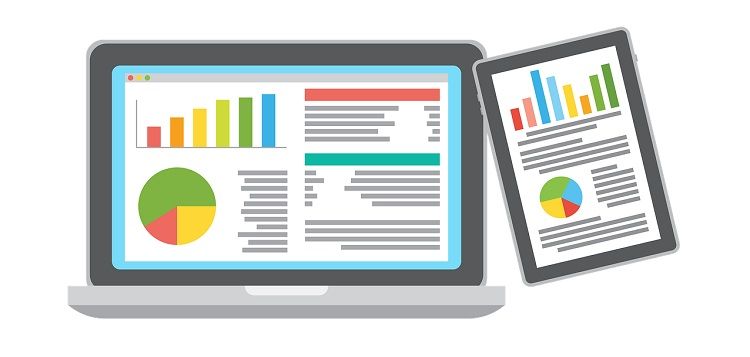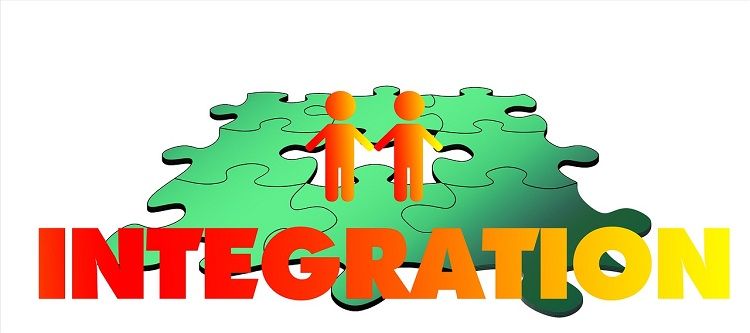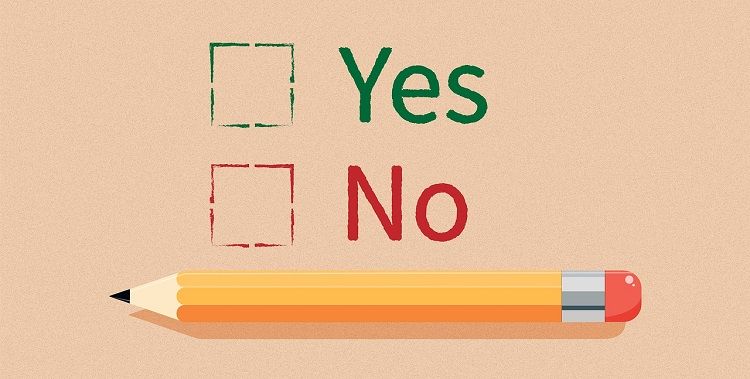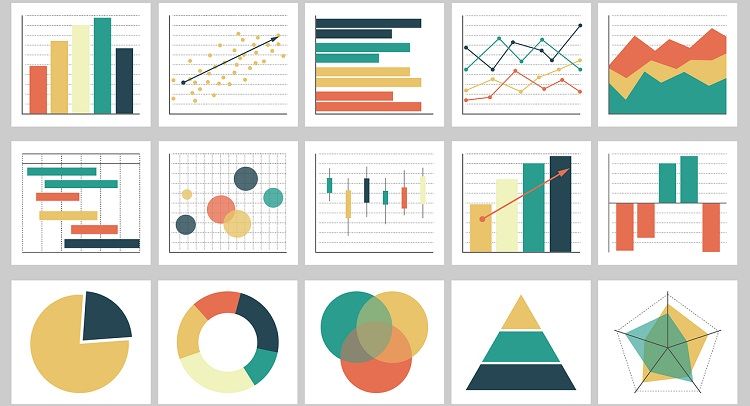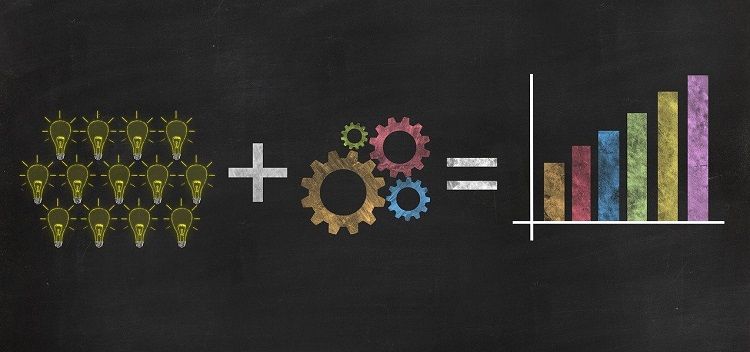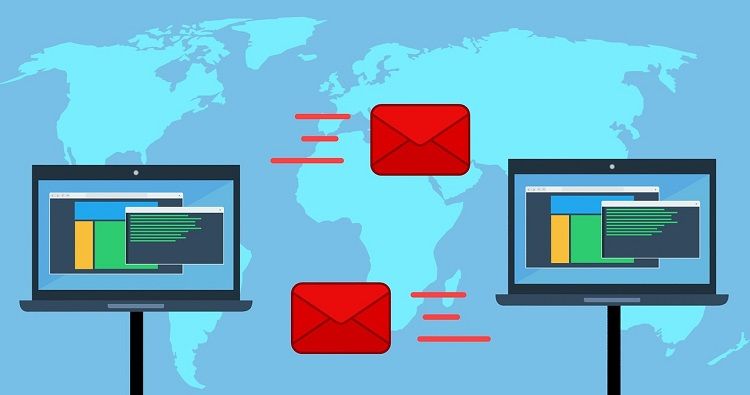How to Create a Human Resource Plan
Personnel planning (HR) is a crucial factor in the success of a company. A workforce plan can help you understand where your employees are currently located and whether you have enough staff to meet future needs. You can identify the training that employees may need in the future to increase their productivity or adapt to new technologies.
The workforce plan should be consistent with the overall strategy of the organization. You need to know what projects the company has planned for the future in order to understand what human resources the organization needs to carry them out in a cost-effective, productive and efficient manner.
1. Examine your organization’s current employee qualifications
To determine how your plan is working, you need to determine the baseline productivity of the current situation. You need to review current contractors and employees and determine their education, experience, skills, cost and productivity.
Assessments can uncover critical areas for improvement in the workplace and the reasons for them, and help managers focus on areas where there is need. The process can help you uncover unexpected opportunities and strengths, including identifying employees who may benefit from training or promotion.
Regular evaluations can be a valuable tool to understand the weaknesses and strengths of an organization and to monitor the success of the implemented changes. It also allows you to react faster to errors and take advantage of success when the solutions work better than expected. When reviewing your current workforce, pay attention to performance levels, headcount, accomplishments, positions, skills and qualifications.
2. Predict future changes in current staff
Using your organization’s strategic plan as a reference, make predictions about future staffing needs. Assessing the organization’s current position versus an estimate of future needs is critical to creating an appropriate workforce plan.
You need to identify your labor supply, classify it by type, and compare this to the future demand that the company anticipates. The goal is to use the labor supply to ensure you can meet the organization’s demand without exceeding it.
It can be difficult to predict unexpected events such as a pandemic, natural disasters, or technological advances that may affect the market. Some organizations reduce risk by forecasting demand every month, in addition to forecasting demand several years in advance.
The further away the predictions are, the more risk you take in acting on them. The upside is that the organization benefits from taking action ahead of the competition when your long-term predictions are correct.
3. Conduct a gap analysis to determine staffing needs
After completing steps 1 and 2, you can determine if there are any significant gaps. A gap analysis can identify specific needs that can bridge the gap between the organization’s current labor supply and anticipated future demand. If one of the issues is atmosphere, you might be interested in learning how to create a productive work environment for employees.
Some questions to ask yourself in your gap analysis include:
- Are all employees developing their strengths in their current roles?
- Should employees learn additional skills?
- Does the organization need more leaders?
4. Combine the HR plan with a larger organizational strategy
After completing the first three steps, you can begin implementing organizational changes. It is important to communicate the plan with the organization’s department heads, which may include potential training programs and lobbying for additional executive funding. You must review and adjust the plan to reflect changes in the organization’s goals.
Opportunities to develop and execute your workforce plan
Human resources professionals use technological tools to help them create, plan and monitor the progress of their HR strategy. Here are some of the tools they use:
Survey
Surveying your employees is a great way to learn about a specific HR issue and make necessary changes. You can use SurveyMonkey or Google Forms to create your employee survey, and you may be interested in how to create a remote employee survey with Paperform.
You can use questionnaires to learn:
- How management thinks about employee skill levels and productivity
- The types of training programs that employees are interested in
- When employees are satisfied with the benefits and compensation programs that the company offers
- How employees perceive the company culture and whether they feel connected to the work environment
- The number of employees who feel that the organization values them
- When employees feel that there are opportunities for advancement within the organization
- Weak points that can lead to loss of productivity or high turnover
HR dashboards
Organizations can have a custom HR dashboard built or buy one. Software like BambooHR and Paycor Perform support the planning process by collecting and presenting valuable information. It can be helpful to learn about the best employee attendance tracking tools for your workplace.
Some things you can track with HR dashboards are:
- turnover rate
- employee satisfaction
- productivity capacity of employees
- qualification level of employees
- Internal Promotions
- engagement of job applicants
performance management systems
Software like WorkForceHub and WorkZoom can help you evaluate employees and their performance. You can give and track performance reviews over time and monitor employee improvements.
Performance management systems are helpful in the workforce planning process because they allow you to see the type of success the organization can achieve by providing training or changing employee roles. You may be interested in learning more about the best employee recognition apps and integrations.
Human Resources Information Systems (HRIS)
Monday.com and Leapsome are examples of HRIS software that combines various HR operations, summarizing hiring, enrollment, recruitment, staff turnover, productivity, and satisfaction, among other things. With HRIS you can automate certain functions, e.g. B. Recording employee hours and sorting job requests. You can use the system to change your workforce plan or measure the progress of changes already made.
Compensation and Performance Analysis Software
You can use software like Zenefits or Dayforce HCM to compare salaries and benefits with popular perks and economic trends. Using the software can be helpful in the planning process to confirm whether employees are receiving wages and benefits that are in line with general industry trends. You can also use the tool to improve employee satisfaction, reduce turnover, and improve production capacity.
There are many tools available to help you plan and manage your HR tasks. Whether you work for a large corporation or a small business, you can find solutions that fit your budget. The successful management of one of your most valuable resources, your employees, is a factor that can determine the success of a company.
Whether the organization’s employees are working remotely or in the office, there are tools that employees can use to give you a clear picture of how they feel about the organization and their future within it. Do you know any Google Workspace apps that can support your HR management?


